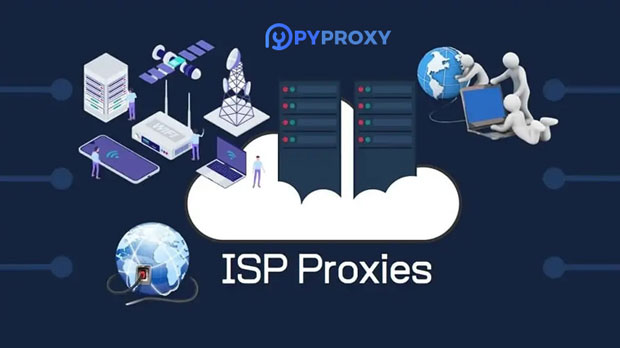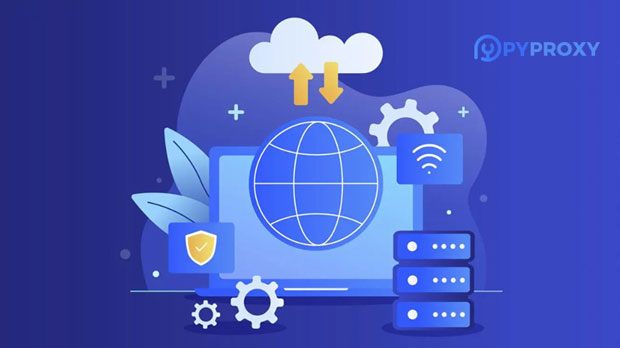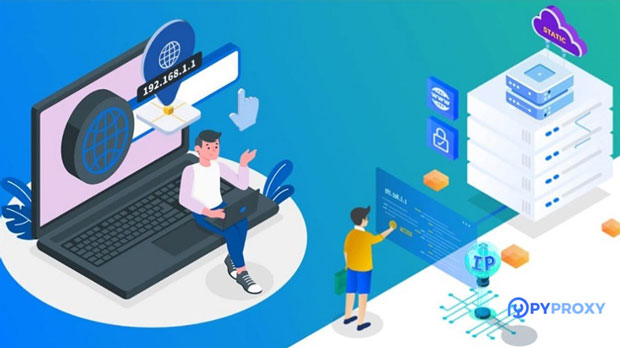When it comes to online privacy, security, and accessing restricted content, many internet users turn to proxy services, with Socks5 being one of the popular protocols. socks5 proxies are known for their versatility, enabling users to bypass geo-restrictions, hide their IP addresses, and even enhance online anonymity. However, free socks5 proxy services often come with significant limitations and risks that can affect the user experience and compromise security. This article will delve into the common issues users may encounter when using free socks5 proxy services, helping users understand the potential pitfalls and make more informed decisions. 1. Security Concerns and RisksThe primary concern when using any free proxy service, including Socks5 proxies, is security. Unlike paid services that typically offer enhanced encryption protocols and data protection mechanisms, free Socks5 proxies are less likely to secure your connection effectively.a. Data Interception Free proxies often lack adequate encryption, making it easier for malicious actors to intercept your internet traffic. This means that sensitive data, such as login credentials, personal information, and browsing history, could be exposed. When using a Socks5 proxy, if the connection is not encrypted properly, all of this information may be sent over the internet in an unprotected form.b. Man-in-the-Middle Attacks Another security threat that free proxy users may face is man-in-the-middle (MITM) attacks. In this type of attack, a third party intercepts the communication between the user and the proxy server. The attacker could modify or capture the data exchanged, leading to data theft or the installation of malicious software on the user’s device.c. Trustworthiness of the Proxy Provider With free services, it’s difficult to ascertain the trustworthiness of the proxy provider. Some free Socks5 proxy providers may log your browsing activities or even sell your data to third parties for commercial purposes. In extreme cases, free proxies could serve as a gateway for malware distribution.2. Speed and Reliability IssuesFree Socks5 proxies are often shared by many users simultaneously, leading to a range of performance-related issues.a. Slower Internet Speeds Since free Socks5 proxies tend to have a large number of users, the bandwidth is often limited. As a result, you may experience slower internet speeds, buffering, or delays when trying to access websites or stream videos. This can be particularly frustrating for tasks that require stable and fast connections, such as online gaming or video conferencing.b. Frequent Disconnections Another common issue with free Socks5 proxies is unreliable connections. Because these proxies are typically not well-maintained or monitored, users may experience frequent disconnections or unstable connections. These disruptions can result in a poor browsing experience and affect activities such as downloading files or accessing specific content.c. Server Overload Due to limited resources, free Socks5 proxies are more likely to be overloaded with users. This can lead to server crashes or failure to connect. Many free proxy services don’t have the infrastructure to handle a large volume of traffic, which can lead to timeouts and access issues.3. Limited Geographic LocationsMany free Socks5 proxies offer limited server locations compared to premium services. While some paid services have global networks with servers in multiple countries, free proxies are often restricted to a small selection of locations. This limitation can affect your ability to bypass geographic content restrictions.a. Regional Content Access Issues For users who want to access content restricted to specific regions, using a free Socks5 proxy may not provide sufficient options. You may find that the proxy servers are only located in a few countries, limiting your ability to access certain websites or online services. This can be particularly frustrating for users trying to access content on streaming platforms or websites that are region-locked.b. Unpredictable Server Availability Even when free proxies do offer servers in multiple locations, the availability of these servers can be unpredictable. Free proxies may have fewer active servers, or some may be down for maintenance. As a result, you may be unable to access the content you want or may experience slower speeds depending on the available server.4. Compatibility and Configuration IssuesSetting up a Socks5 proxy, especially a free one, can be a complicated task for users who are not technically savvy. Additionally, free proxies may not always be compatible with all applications or devices, causing further inconvenience.a. Difficult Setup Process Unlike paid services that often offer user-friendly interfaces and step-by-step guides, free Socks5 proxies can be more difficult to configure. Users may encounter issues with setting up the proxy server on their devices or within specific applications, which can result in failed connections or improper usage of the proxy service.b. Limited Application Support Not all applications or websites are compatible with Socks5 proxies. While the Socks5 protocol is highly versatile, it may not work as seamlessly with certain software or online services. Users may experience difficulties when trying to use a free proxy with applications such as gaming platforms, VoIP services, or streaming sites.5. Legal and Ethical ConsiderationsUsing a free Socks5 proxy raises important ethical and legal issues, particularly if the proxy is used to bypass censorship or engage in activities that are not permitted by law.a. Violation of Terms of Service Many websites and online services prohibit the use of proxies in their terms of service. By using a free Socks5 proxy, you may risk violating these terms and face penalties such as being banned from the service. This is especially important for services like online banking, social media platforms, or streaming sites that monitor proxy traffic.b. Engaging in Unlawful Activities While Socks5 proxies provide anonymity, they do not protect users from engaging in illegal activities. Using a free proxy to conduct illicit activities or access illegal content can result in severe consequences. Additionally, if the proxy provider is logging your activities, there is the possibility that your actions could be traced back to you.6. Lack of Customer Support and MaintenanceFree Socks5 proxies often lack dedicated customer support or regular maintenance, leaving users to troubleshoot issues on their own.a. No Support for Technical Issues If you encounter technical problems with a free Socks5 proxy, you may have to resolve them without assistance. Since free proxies are typically unsupported by the provider, any issues such as connection failures or slow speeds may remain unresolved. This can be particularly frustrating for users who need reliable service.b. No Regular Updates or Patches Free proxies may not be regularly updated to address security vulnerabilities or improve performance. In contrast, paid services often offer consistent updates to ensure optimal performance and security. Without regular maintenance, free Socks5 proxies can quickly become outdated, increasing the risk of security breaches and performance issues.ConclusionWhile free Socks5 proxies can provide some level of anonymity and access to geo-restricted content, they come with numerous risks and limitations. Users should be aware of the potential security threats, speed issues, geographic limitations, and compatibility challenges that often accompany free proxy services. Furthermore, the lack of support and the ethical considerations surrounding proxy usage should also be taken into account. For those who prioritize privacy, security, and performance, paid proxies may be a more reliable and trustworthy option.
Dec 26, 2024
![arrow]()


















































